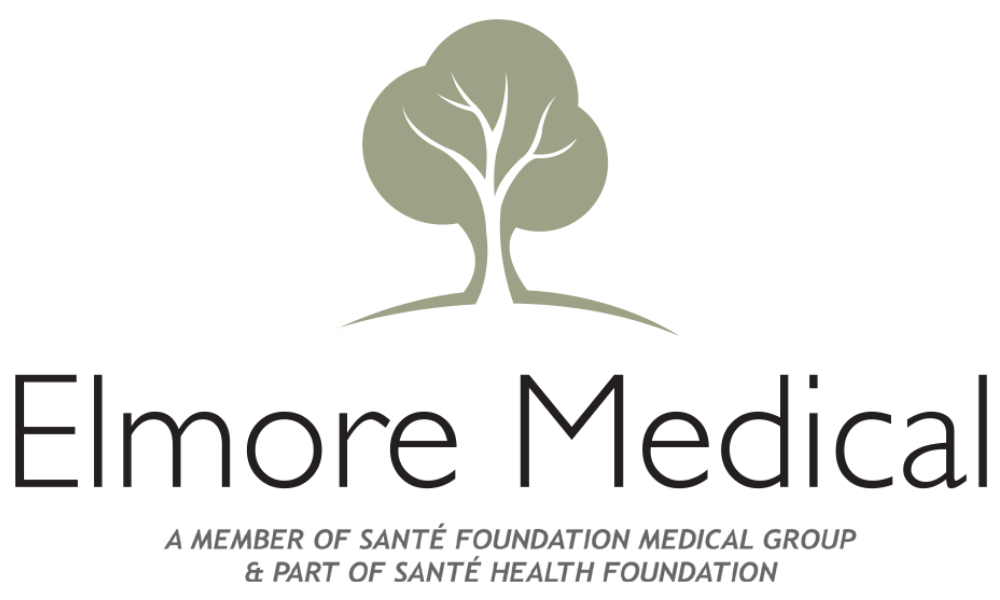Congenital Vein Issues and Their Management
Venous malformations are more than just a cosmetic concern; they are complex vascular conditions present from birth that can grow over time, cause discomfort, and sometimes significantly impact quality of life. While these congenital issues often remain unnoticed in early childhood, they can become more prominent and symptomatic as the body grows.
Understanding what venous malformations are, how they differ from other vein conditions, and what treatment options are available is critical for early intervention and long-term vein health. This blog breaks down everything you need to know about venous malformations and how they can be effectively managed.
What Are Venous Malformations?
Venous malformations are congenital vascular anomalies, meaning they are present at birth, formed by improperly developed veins. Unlike varicose veins that develop over time due to valve malfunction, venous malformations are structural abnormalities in the venous system.
They typically consist of dilated, abnormally shaped veins with slow blood flow, and are classified as low-flow vascular malformations. These malformed veins can appear anywhere on the body but are most commonly found in the head, neck, limbs, and internal organs. Unlike some vascular anomalies that resolve on their own, venous malformations persist and often expand over time.
Symptoms and Diagnosis
The signs and symptoms of venous malformations vary based on location and size. Common symptoms include:
Soft, compressible blue or purple skin discolorations
Swelling or fullness in a specific area
Pain or aching, particularly after physical activity
Skin ulceration or bleeding in severe cases
Impaired function of nearby structures (e.g., joints, organs)
Because venous malformations are often misdiagnosed as hemangiomas or simple varicose veins, diagnostic imaging is critical. Tools such as ultrasound, MRI, and occasionally CT scans provide detailed views of blood flow, tissue involvement, and help rule out other vascular conditions.
For more on identifying vein-related symptoms early, read our guide on hidden symptoms of vein disease.
How Do They Differ from Varicose Veins?
While both conditions affect veins, the key difference lies in their origin and behavior:
To learn more about how vein conditions differ, visit our post on the different types of vein conditions.
Management and Treatment Options
Although venous malformations are complex, advances in diagnostic imaging and interventional therapies have made treatment more effective and less invasive. A multidisciplinary approach involving vein specialists, radiologists, and sometimes surgeons is often required.
1. Compression Therapy
Wearing compression garments can help manage swelling and discomfort by promoting better blood return and reducing venous pooling. This is often the first line of conservative management.
2. Sclerotherapy
One of the most commonly used treatments, sclerotherapy, involves injecting a sclerosing agent directly into the malformed vein, causing it to shrink and eventually be absorbed by the body. It may take multiple sessions depending on the extent of the malformation. Learn more about this technique on our sclerotherapy FAQ page.
3. Laser or Radiofrequency Ablation
While not as common as sclerotherapy for venous malformations, laser and radiofrequency treatments are used in specific cases, particularly for superficial lesions or when other therapies have failed.
4. Surgical Removal
In select cases where the malformation is localized and causes functional or cosmetic concerns, surgical excision may be considered. However, complete removal can be difficult and is not always feasible.
5. Multimodal Treatment Plans
Sometimes a combination of treatments is the best approach. For example, sclerotherapy may be used before surgery to reduce blood flow to the area, minimizing bleeding risks.
If you’re unsure what treatment is right for you, check out our advice on how to choose the best vein specialist.
Why Early Evaluation Matters
Though venous malformations can sometimes appear harmless, they often grow and become more complicated over time. Early diagnosis can help prevent complications like blood clots, chronic pain, or significant disfigurement. An evaluation by a trained vein specialist is critical for determining the best course of action.
If you suspect a vascular anomaly, consider taking a self-assessment and scheduling a consultation for a personalized treatment plan.
Living with a Venous Malformation
Managing a congenital vein condition isn’t just about physical health; it also has emotional and psychological dimensions. Feelings of self-consciousness, anxiety, or even chronic stress are common, especially if the malformation is visible or painful.
Addressing the emotional aspect is just as important as the physical one. Our article on the psychological benefits of treating vein conditions explores how comprehensive care can boost confidence and overall well-being.
For long-term management, maintaining vein-friendly habits, like regular low-impact exercise, proper hydration, and avoiding prolonged sitting or standing, can support healthier circulation. For actionable advice, see our post on ways to add movement to your day.
Final Thoughts
Venous malformations are complex, lifelong conditions, but with proper management, many individuals live full, active lives. From diagnosis to treatment and lifestyle support, modern vein care offers options that are both effective and minimally invasive.
If you or a loved one has a suspected or confirmed venous malformation, don’t wait for symptoms to worsen. Early intervention makes a difference. Visit our homepage to learn more or reach out through our contact page to take the next step toward better vein health.
Elmore Medical Vein & Laser Treatment Center is the premier vein specialty medical practice in the Central Valley. Dr. Mario H. Gonzalez and his staff offer years of experience and medical expertise that you won’t find anywhere else. Contact us to set up a consultation appointment.


